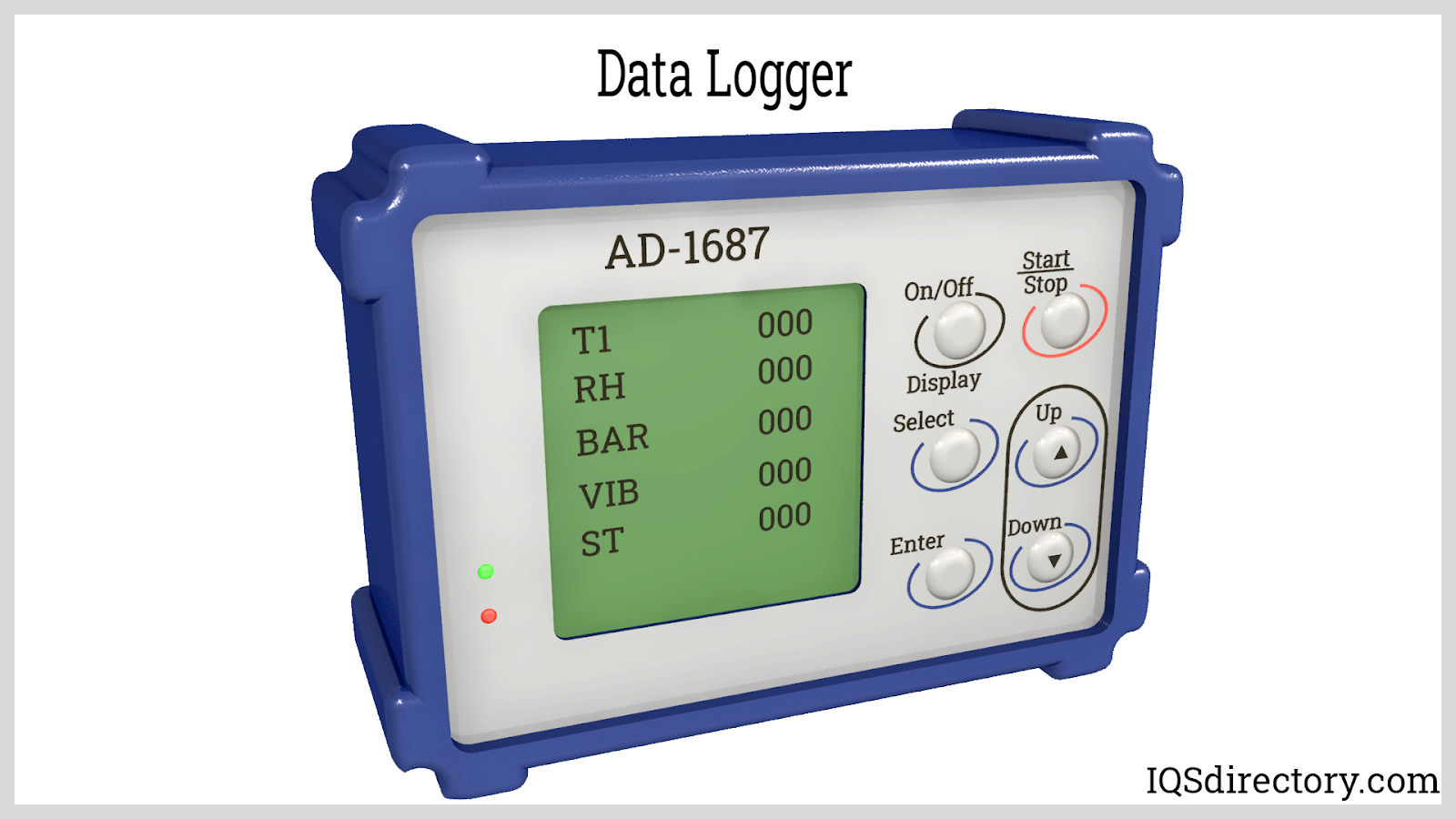Unleashing the Power of Precision: The Art of Data Acquisition Systems
Unleashing the Power of Precision: The Art of Data Acquisition Systems
Blog Article

In today's rapidly evolving technological landscape, the significance of precise data collection cannot be overstated. A Data Acquisition System serves as a vital tool in harnessing information from various sources, transforming raw data into meaningful insights that drive decision-making across industries. From engineering to environmental monitoring, the ability to capture and analyze data with accuracy and speed is paramount for achieving objectives and staying competitive.
As organizations increasingly rely on data to inform their strategies and enhance performance, understanding the components and functions of a Data Acquisition System becomes essential. This system not only facilitates the collection of environmental and operational data but also offers a framework for analyzing trends and patterns. By mastering the art of data acquisition, businesses can unlock new potentials, streamline processes, and foster innovation like never before.
Understanding Data Acquisition Systems
Data Acquisition Systems are critical components in numerous industries, helping to gather, measure, and analyze data from various sources. These systems convert real-world physical phenomena, such as temperature, pressure, or voltage, into a format that can be easily processed and understood by computers. By interfacing with sensors and transducers, Data Acquisition Systems enable the collection of precise data, which is essential for monitoring, control, and analysis.
The architecture of a Data Acquisition System typically consists of hardware and software elements. The hardware includes sensors, analog-to-digital converters, and the necessary interfaces to connect to computers or processors. The software manages data collection, processing, and visualization, allowing users to interpret data effectively. The integration of these components ensures that the system can operate efficiently and respond to changes in real-time.
Applications of Data Acquisition Systems are diverse, spanning fields such as industrial automation, environmental monitoring, and scientific research. In industrial settings, they enhance process control by providing accurate feedback on manufacturing conditions. In environmental studies, these systems monitor variables like air quality and water levels. By leveraging the capabilities of Data Acquisition Systems, organizations can make informed decisions based on reliable data, ultimately leading to improved performance and safety.
Key Components and Their Functions
A Data Acquisition System typically consists of several vital components that work together to collect and process data. At the core is the sensor, which converts physical phenomena such as temperature, pressure, or voltage into electrical signals. These sensors are crucial because they determine the accuracy and reliability of the data being collected. Different types of sensors are suited for different applications, and selecting the right one is key to effective data acquisition.
Next in the system is the signal conditioning unit, which enhances the quality of the signals received from the sensors. This component may involve amplification, filtering, and isolation to ensure that the data is clean and usable. Signal conditioning is essential because raw sensor data may be noisy or in a format that is difficult to interpret. By preparing the signals for processing, this step significantly improves the overall data integrity and usability.
Start Now
Finally, the analog-to-digital converter (ADC) plays a critical role by transforming the conditioned analog signals into digital format for further processing and analysis. The ADC enables a Data Acquisition System to interface with digital processing units, making it possible to analyze, store, and visualize the data efficiently. This conversion is pivotal in modern data acquisition, as it aligns with the increasing reliance on digital technologies for data analysis and management.
Applications and Benefits in Industry
Data Acquisition Systems are utilized across various industries to enhance operational efficiency and improve decision-making processes. In manufacturing, these systems enable real-time monitoring of equipment performance and production lines, allowing for immediate corrective actions and reducing downtime. By collecting data on machine conditions, manufacturers can predict failures before they occur, leading to increased reliability and lower maintenance costs.
In the field of environmental monitoring, Data Acquisition Systems play a crucial role in collecting and analyzing data on air and water quality, weather conditions, and geological activity. This information is vital for regulatory compliance, allowing organizations to adhere to environmental standards and take proactive measures in response to changing conditions. Furthermore, the data gathered can contribute to research initiatives aimed at understanding climate change and its impacts.
The benefits of Data Acquisition Systems extend beyond immediate operational enhancements. Improved data collection and analysis can lead to better product quality and innovation. By leveraging data insights, industries can identify trends and customer preferences, enabling them to develop products that meet market demands more effectively. Ultimately, Data Acquisition Systems empower companies to optimize their processes, foster sustainability, and maintain a competitive edge in their respective markets.
Report this page